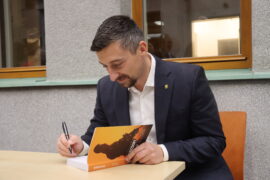
10 German Radio Station SE 469A used by Slovak Army, 1930s
Fotogalerie
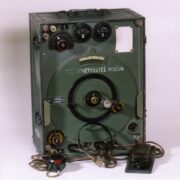
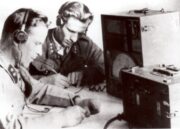
Provision of communication for uprising units was a part of preparation of the uprising. Telegraph Corps Major Josef Marek who became Commander of Signal Troops of Slovak Army in 1939 and cooperated with the resistance movement since 1940 succeeded to transfer the Signal Battalion from Prešov and Signal School from Nové Mesto nad Váhom to Turčianský Sv. Martin. Here, they established a centre of signal units for the command of the uprising in Banská Bystrica. In the first days of Slovak National Rising, they succeeded to concentrate an Army possessing the strength of 19,000 men which grew up to 47,000 men after the first mobilisation. Numerically small signal unit, located in Banská Bystrica and equipped with Czechoslovak and German equipment, became a core Telegraph Battalion of the 1st Czechoslovak Army. Telegraph Corps Major Marko, additionally promoted to the rank of Colonel, became Commander of Signal Troops of the 1st Czechoslovak Army. At the end of August 1944, the signal units concentrated in Turčianský Sv. Martin were placed in the position when they were not able to perform their own mission and they took part in the defensive battles for Strečno and Vrútky as infantry units. Being replaced by reserves all the uprising units were relocated to Banská Bystrica and concentrated in the buildings of a secondary school and boarding-house. Newly established Telegraph Battalion headed by Telegraph Corps First Lieutenant Institoris was in command of six Combined Signal Companies providing communication for individual tactical groups.
Aktuálně
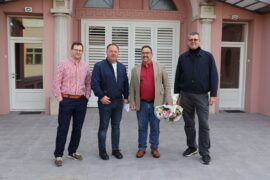
Výzkum u českých krajanů v Chorvatsku
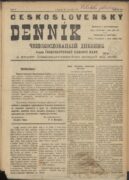
Československý deník sehrál v životě legionářů v Rusku velmi důležitou roli. Poprvé vyšel v prosinci 1917

Děkujeme za podporu pro válečné veterány. Sbírka DiGiMÁK vynesla 450 tisíc korun
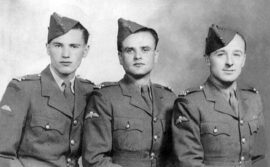
Tak trochu zamrzlé spojení
